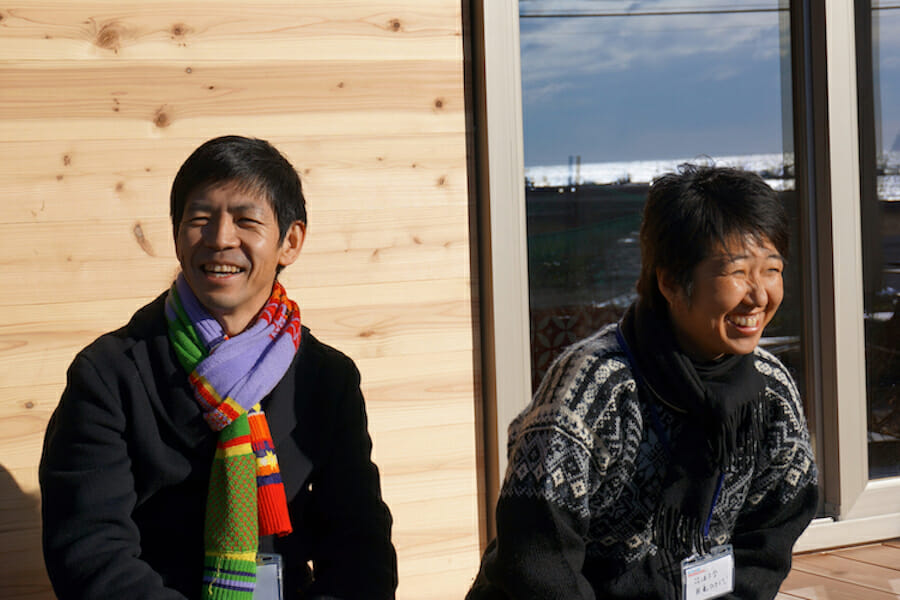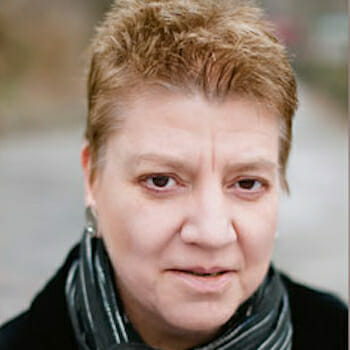
Culture
Reconstructing the Shrine: Architects in Post-Disaster Tohoku
When northeast Japan was devastated in 2011 by three devastating events, the earthquake, tsunami, and nuclear meltdown, the architectural community was quick to respond. A group of over 300 architectural firms formed ArchiAid, to aid in the recovery and reconstruction of the Tohoku region.
The ArchiAid group documented and archived all work done in Tohoku in the 2016 book Archi+Aid Record Book, 2011-2016: Architects’ Pro Bono Outreach following 3.11 to serve as a model for future disasters. It received the 2013 Good Design Gold Award for the Core House designed by ArchiAid’s founding member Tsukamoto Yoshiharu of the firm Atelier Bow Wow.
Japanese architects Tsukamoto Yoshiharu and Kaijima Momoyo, and their renowned firm Atelier Bow Wow, founding members of ArchiAid, are known worldwide for their work with small spaces – for their “pet architecture,” and for their micro-public space concept. Atelier Bow Wow joined ArchiAid members to bring their expertise to the reconstruction of devastated communities.
Atelier Bow-Wow has built over 25 houses, public museums, and commercial buildings in Tokyo, Europe and the US. Their micro-public space concept has been exhibited across the world at biennales in Sao Paolo, Venice, Istanbul, and Liverpool.
In Tohoku, Kaijima focused on fishing villages, creating a modern fishing school to harness the knowledge and skills of fishermen and women, and to invite a younger generation to learn the trade. Tsukamoto adapted the Core House concept by Indonesian architect Ikaputra for fisherman and Japanese families returning to coastal towns.
Atelier Bow Wow and ArchiAid are creating a new culture of humanitarian disaster aid. The concept is no longer colonial as from “haves” to “have-nots.” In Japan, donor organizations and urban technologies are here engaging in a true cultural exchange with traditional rural recipients, learning from them and valuing the experience. This may redress the imbalance.
I caught up with Momoyo Kaijima and Yoshiharu Tsukamoto of Atelier Bow Wow at Japan Society on May 5, 2017, as they were preparing for the evening’s lecture.
Where does your name “Bow Wow” come from – joke? pun on “Bauhaus”?
Tsukamoto: Yes. We like word play. “Bow Wow” is a play on the word “Bauhaus” But “bow wow” is also a comment on the way meaning is conveyed through sound and language. In America dogs are said to bark “bow wow.” In Japan, we say their bark is “won won.” We hear the same sounds but hear and express them differently.
What kinds of projects did the Atelier undertake prior to its work in Tohoku?
Tsukamoto: Atelier Bow Wow has worked to give voice in its structures to the metabolism of the city of Tokyo.
Tokyo is a very dense city. The infrastructure is almost impossible to discern at first glance. Since the city was leveled in World War II, the evolution of its landscape has been described as “chaotic.” It is hard for us to discover the logic of building construction, origins and evolution.
But there is an inherent logic and there is an order. One must often dig deep to discover what supports the city’s metabolism, but the logic is there.
That is part of the work of the architect: to discover the origins and to preserve them in new constructions.
How about your work in Tohoku, largely rural, nearly flattened by the disasters. Were you looking to preserve its origins or to develop something entirely new?
Kaijima: Tohoku is, sadly, unique. It has been devastated by the three part disasters.
So our work was quite different. Since so much of the built environment had been destroyed we had to begin our work by discovering people’s voices and beliefs as they were embedded in culture, in the landscape. Their customs, religion, folk culture, festivals, work, life and cultural networks. We wanted to help people rediscover their spirit.
Furthermore, before the disasters Tohoku was already an area with serious socioeconomic problems. The population was aging. The structure of the family, had begun to break down. Families, three generations of whom used to occupy a single household had dwindled down only to one or two. There were few young people left to do the essential work of farming and fishing. So many had already left to find work in other parts of Japan. It has become critical to bring young working people back to the area or to attract new workers.
In short, the disasters have only worsened the decline already underway.
To address these issues NGOs have worked to bring young people back to work in Tohoku. But there is also a need for new jobs i.e., the need to “clean” crops irradiated by the meltdown. Tohoku’s agricultural products, especially rice, are still under suspicion, and it is hard for farmers to sell them.
I understand that you have become deeply invested in your work and that this has brought you personal and professional satisfaction.
Kaijima: It has been a good and rich experience for us, personally and professionally, to work with the people and to learn from them.
ArchiAid and Atelier Bow Wow architects have indeed become invested.. Even though ArchiAid’s official work end date has passed, I am still working with the younger generation.
Two examples: we are working to build a new community center, and to reconstruct the local Shinto shrine, badly damaged. Although residents were hesitant to bring the shrine down for repairs they have become persuaded that this is important.
I joined the villagers to reconstruct the torii, (gate to the shrine). We all went to the “Shrine Woods” to find the right kind of tree – the cypress – for the torii. We cut down the cypress tree, and skinned the bark off it. And set this new shrine tree pole in place. At last, as of March 2017, the shrine is complete.
Does the Atelier have plans for replicating its projects elsewhere in Japan or internationally?
Kaijima: Tohoku’s s issues, aside from the disasters, are not entirely unique within Japan. Other parts of Japan will likely find Atelier Bow Wow’s models useful for their communities.
These issues are also not unique to Japan. The need to improve people’s quality of life especially by maintaining their connection with the natural world is universal. In Japan and beyond, Atelier Bow Wow’s models could readily be replicated.
Tsukamoto and Kaijima: Our world has been radically transformed, by industrialization, by the barriers it has placed between people and the natural world – the forests, the fields, the sea. We must recognize that these barriers are artificial and damaging to people. We must find a way to create a new hybrid society.
Architecture must reframe its theories. It can no longer be focused solely on the construction of big urban buildings but must focus also on smaller, more accessible, community-based structures. Atelier Bow Wow ‘s constructions are infused with these principles.

